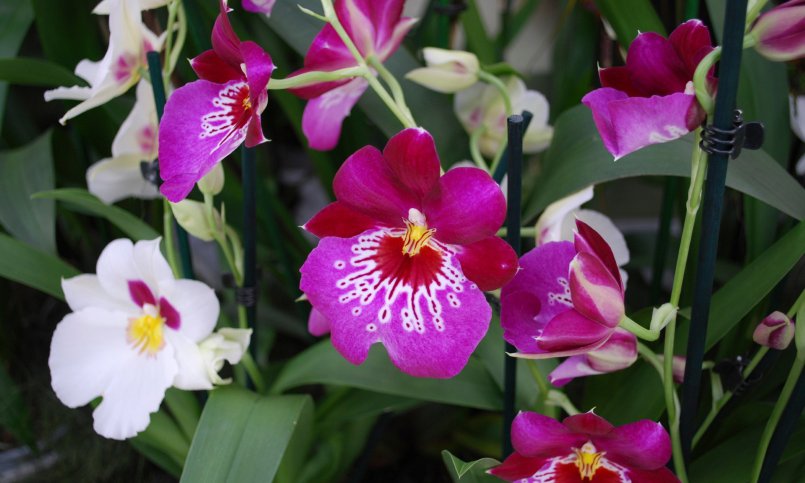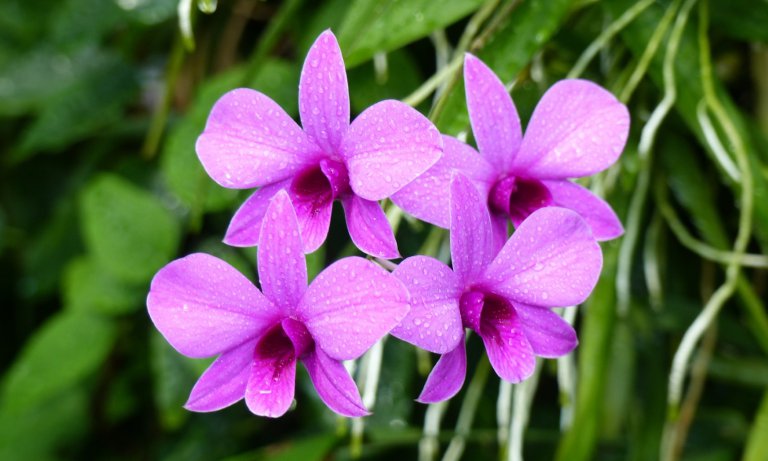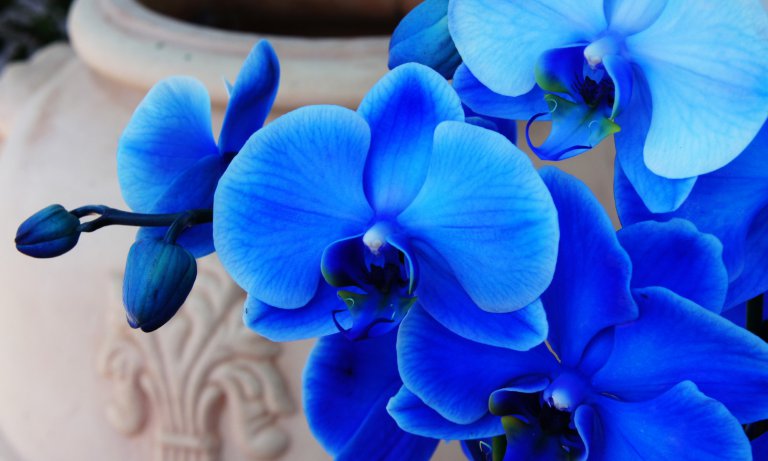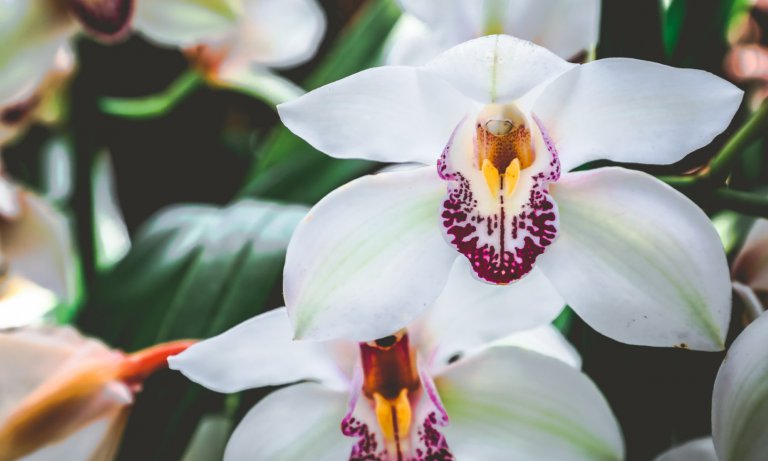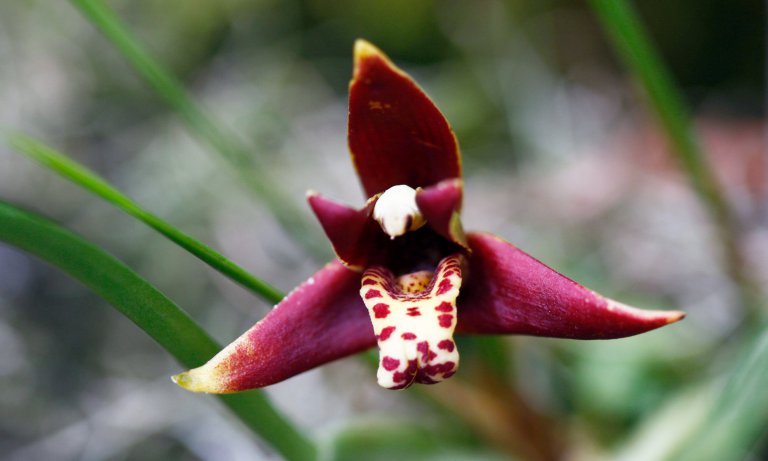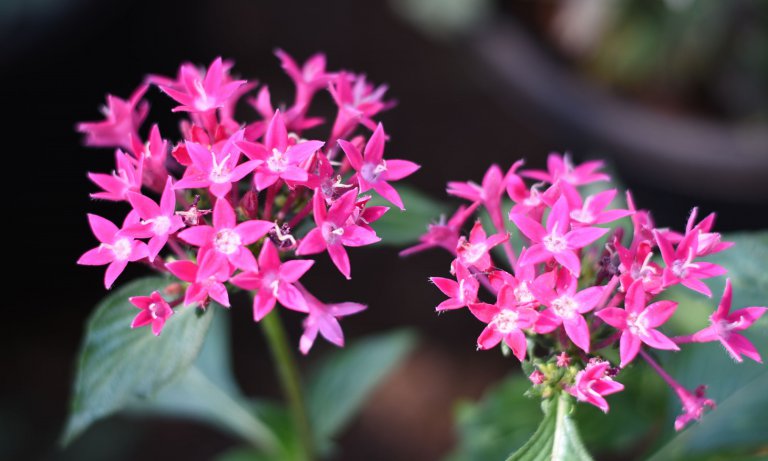Miltonia and Miltoniopsis are charming orchids that grow abundantly and have long, slender stems that are really quite elegant. They have fragrant flowers that bloom for four to six weeks and flat faces that resemble pansies, hence their name. They are also available in numerous beautiful colors.
What Are Miltonia Orchids?
Miltonia orchids have medium-sized blooms and narrow, flexible leaves. They come in many different species and hybrid varieties, and they tend to be pretty easy to grow.
These orchids have both small-flower and large-flower varieties. They tend to have one or more branches, with roughly five flowers on each. They also have a beautiful scent that people consider one of their best assets.
Miltonia Versus Miltoniopsis
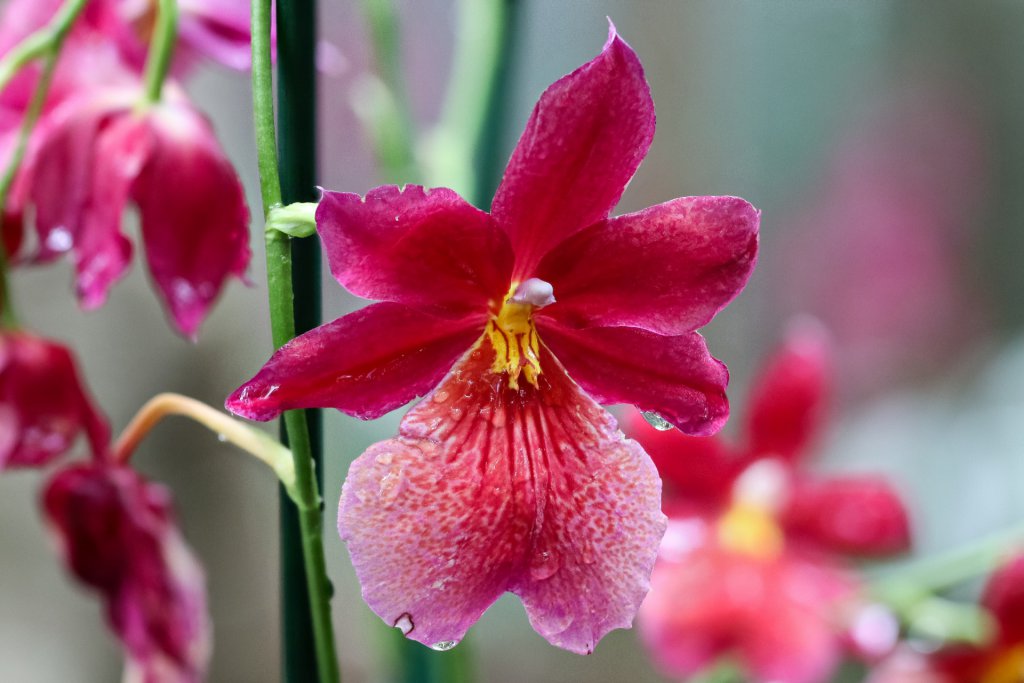
Many growers use the terms Miltonia and Miltoniopsis as if they are the same flower. But they are actually not the same thing.
Miltonia and Miltoniopsis are two different genera of orchids. Miltonia mostly originated in Brazil, whereas Miltoniopsis are primarily Columbian flowers, which is why they can handle cooler temperatures well. Miltoniopsis flowers are generally considered the typical pansy orchid, whereas Miltonia are more like Oncidium.
What Do These Orchids Look Like?
Although many people use these two terms interchangeably, the two flowers look quite different.
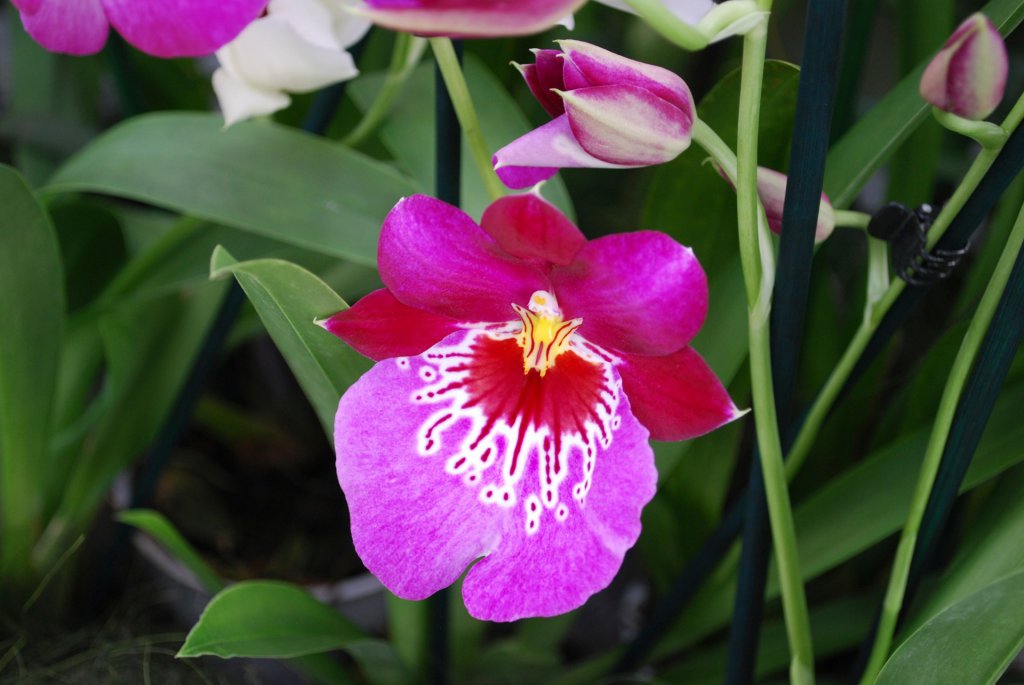
It is the Miltoniopsis, not the Miltonia, that looks like what most people think of when they hear the term “pansy orchid.” Miltonia orchids have two leaves on each side of the pseudobulb. The Miltoniopsis has only one.
Miltonia flowers have round pseudobulbs that are quite far apart. Meanwhile, Miltoniopsis have flatter pseudobulbs that tend to cluster tightly together.
Both are elegant and very attractive flowers, but the Miltoniopsis flowers are big and showy, making them quite an eye-catcher. Miltonia flowers are more slender but are still very attractive.
What Colors Are Available?
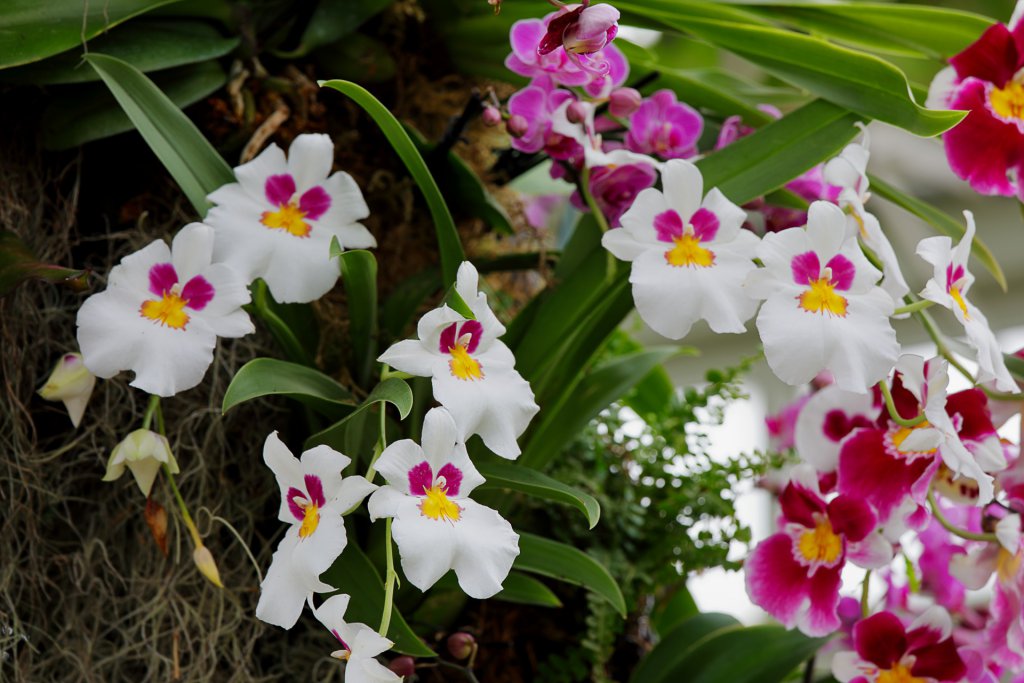
Because there are now hybrids of the Miltonia flower, they can come in various colors and in fact, some of these flowers contain more than one color on the same bloom. Miltonia flowers come in colors such as pink, red, purple, yellow, and white.
Their pseudobulbs, along with foliage, tend to be gray or blue-green in color. They can grow one to two spikes simultaneously or in succession.
Common Species
There are hundreds of species in the Miltonia and Miltoniopsis genera, but a few of the more common ones include:
- Miltonia clowesii (a gorgeous brownish-purple flower)
- Miltonia cuneata (wedge-shaped, light-colored blooms)
- Miltonia flavescens (light-green “spiky” blooms with a white flower)
- Miltonia regnellii (a beautiful white orchid highlighted in purple)
- Miltonia russelliana (light-colored blooms with a wide purplish-pink stripe)
- Miltonia spectabilis (lovely light-pink and dark-pink orchids)
If you’re a beginner, it is good to start with a stronger type of orchid, such as a hybrid variety. The ease of growing also varies depending on where you live, and local temperatures and conditions. It’s worth doing a little bit of research to find the Miltonia flower that is easiest to grow in your part of the world.
How to Care for a Miltonia
Basic care for Miltonia orchids includes the following:
- Make sure they get light, but not direct sunlight.
- In the spring and summer months, the plant should be shielded from the sun.
- Never place the plant over or near a heater.
- Miltonia orchids prefer room temperature during the day and cooler temperatures at night.
- Keep the soil damp, but never dry or too wet.
- You can place orchid food in water and feed it to them monthly in the summer and every two months during wintertime.
- If you place these orchids outside or on a balcony, make sure they are in the shade and not in direct heat.
Of course, with different varieties come different instructions on how to take care of them, so always follow the directions on the plant’s label.
Light, Temperature, and Humidity
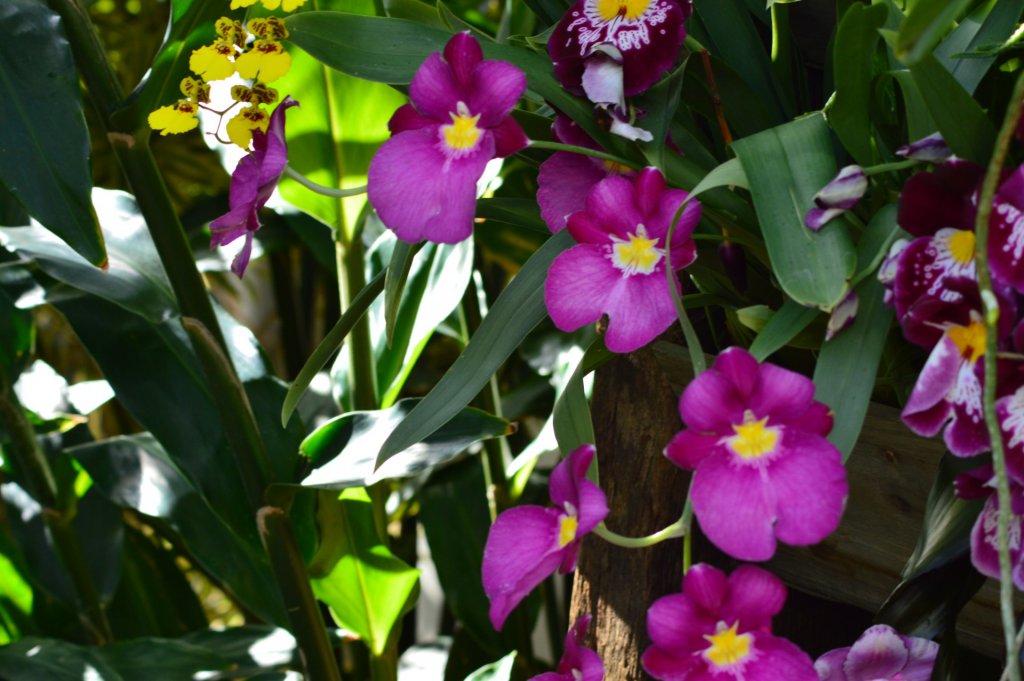
Indirect sunlight works best with these flowers, so placing the pots near an east or shaded south-facing window will help them thrive. When the outside temperature gets above 80-degrees Fahrenheit, increase the amount of shading.
If you see the leaves turning dark green, improve the lighting because pansy orchids’ leaves should be light green in color.
The leaves on your pansy orchids may also turn a reddish or yellowish-green color. In this case, you should increase the shading because this means they are getting too much light and warmth.
They also do best in temperatures in the 70- to 85-degree range, and in the 55- to 65-degree range at night. These flowers prefer a humidity level of 55% to 65%. You may need a humidity tray if you grow them indoors.
Potting Medium
When it comes to potting media for Miltonia orchids, you do have a few different choices.
A general bark or an orchid mix (moss) does well with these flowers. This is mostly because these orchids are epiphytic, which means they live on trees and, therefore, they tend not to do well in ordinary soil.
When you’re looking for the perfect potting medium for your Miltonia orchids, consider its capacity to drain well, which is an essential feature for these flowers.
Watering
Most pansy orchids need watering twice a week, but they may need watering every two to three days during the warm summer months.
If you water them in the morning, the soil will be partly dry by nightfall. You should never let the flowers just sit in water because overwatering them is dangerous. On the other hand, you should also never let these orchids dry out completely.
Pansy orchids also do much better when you fertilize them every two weeks because this gives them the nutrients they need to grow.
Repotting a Miltonia
Once again, Miltonia are easy to grow, but that doesn’t mean they can go without any type of care. It is wise to repot these flowers after they bloom each year. At a minimum, Miltonia orchids should be repotted every two years, but once a year is much better for most of these plants.
Blooming
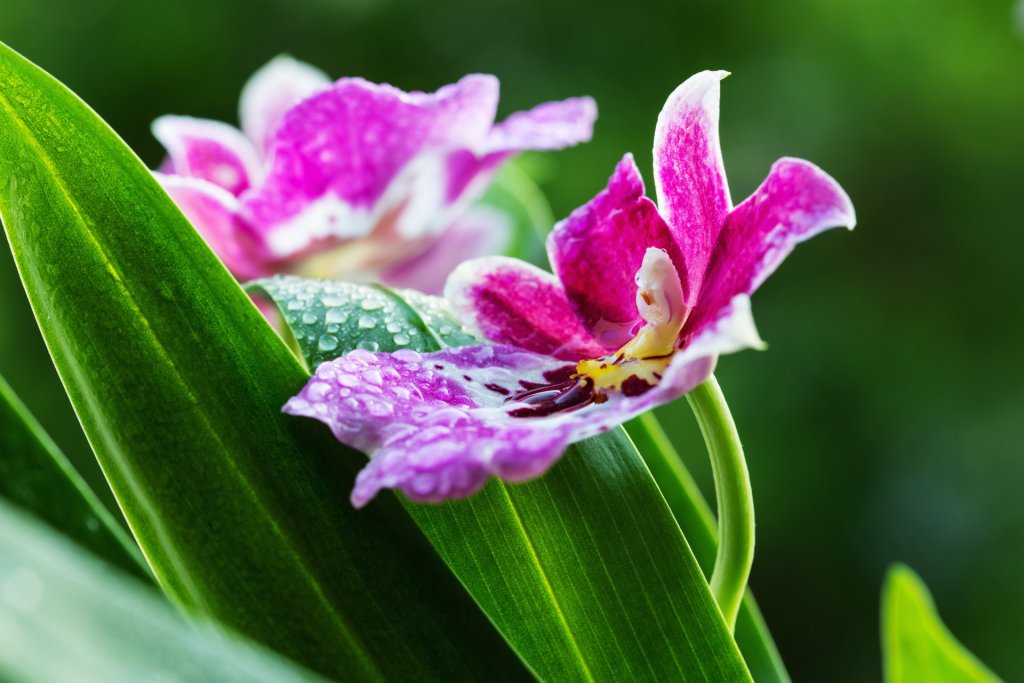
For the most part, Miltonia orchids bloom in the spring for roughly five weeks. However, some varieties will bloom again in the fall and give you twice-a-year color and enjoyment.
If you’re curious about which varieties bloom when and for how long, you can research them online before deciding which one to purchase.

